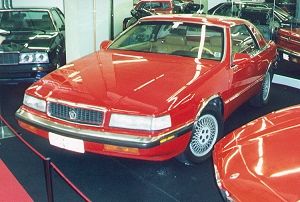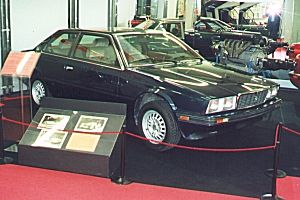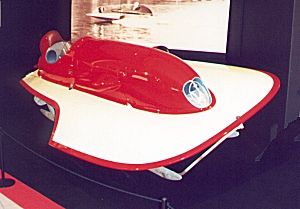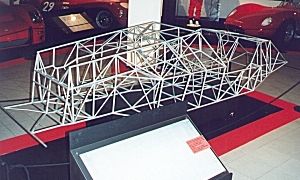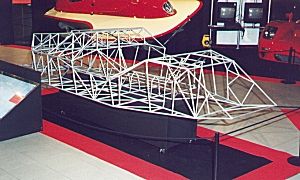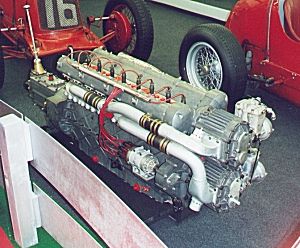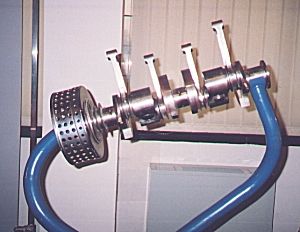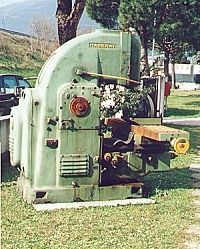 |
||
| A superb exhibition of Classic Maseratis ENDED 18th MARCH 2001 |
||
The Museo dell'Automobile "Luigi Bonfanti" at Romano D'Ezzelino near Vicenza hosted an important exhibition of classic Maseratis until the 18th March 2001 and if you have missed the opportunity of visiting the museum I hope you'll enjoy these pages.
I would like to thank Sig. Arcangelo Battaglia and Sign. Rosanna Bontorin from the museum for their kindness in allowing me to take these photographs and pass on this information to 'Maseratisti' who were unable to visit this exhibition. |
FILM POSTER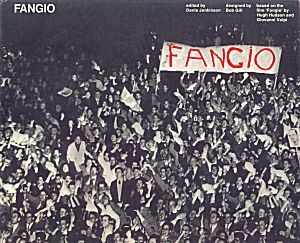 The book 'Fangio', edited by Denis 'Jenks' Jenkinson, based on the film 'Fangio' by Hugh Hudson and Giovanni Volpi published in 1973 by Michael Joseph Ltd. |
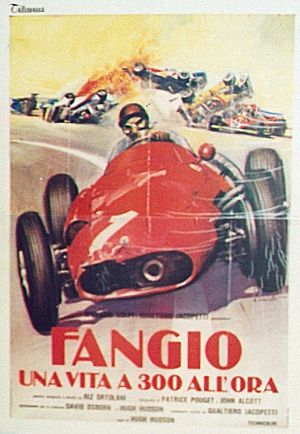 |
|
This is the poster for a film with the title 'Fangio: A life at 300 an hour'. |
|
| RACE SUIT FOR GHIBLI OPEN CUP SERIES This is the race suit worn by Denny Zardo, who drove for Team Zara Automobili, winner of the 1995 Ghibli Open Cup
race series. Unfortunately Sig Zardo was unable to defend his title after the 1996 series was
abandoned after only two races. |
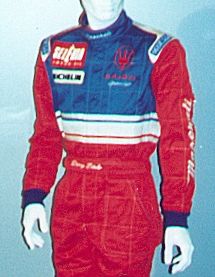 |
| TRIDENTE The beautiful trident that appears of the front of the Timoressi-Maserati race boat. Note the design at the top og the air intake, perculiar to the radiator grilles on Maserati race cars of that period. |
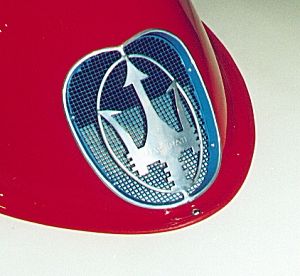 |
| THE A6 GCS 'Monofaro' COCKPIT | THE A6 GCS 'serie II' COCKPIT |
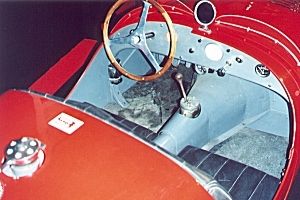 |
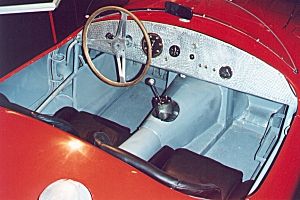 |
| TIPO 150S COCKPIT | TIPO 200 SI COCKPIT |
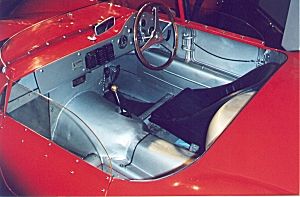 |
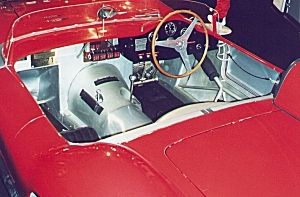 |
| PARSON-MASERATI COCKPIT | 1994 BARCHETTA COCKPIT |
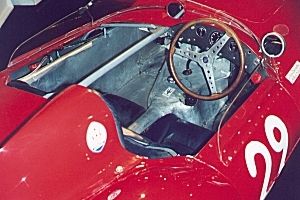 |
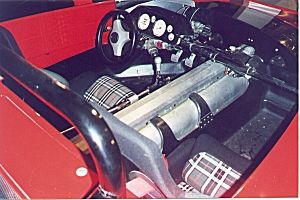 |
| TIPO 420M/58 COCKPIT | COOPER-MASERATI COCKPIT |
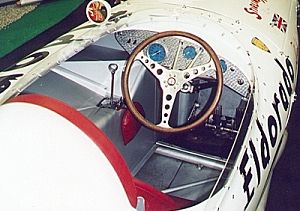 |
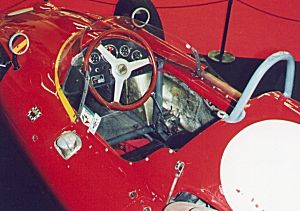 |
 |
||
|
To enter Enrico's Maserati Pages CLICK HERE! Copyright: Enrico's Maserati Pages - © 2000-2004. All rights reserved. |
